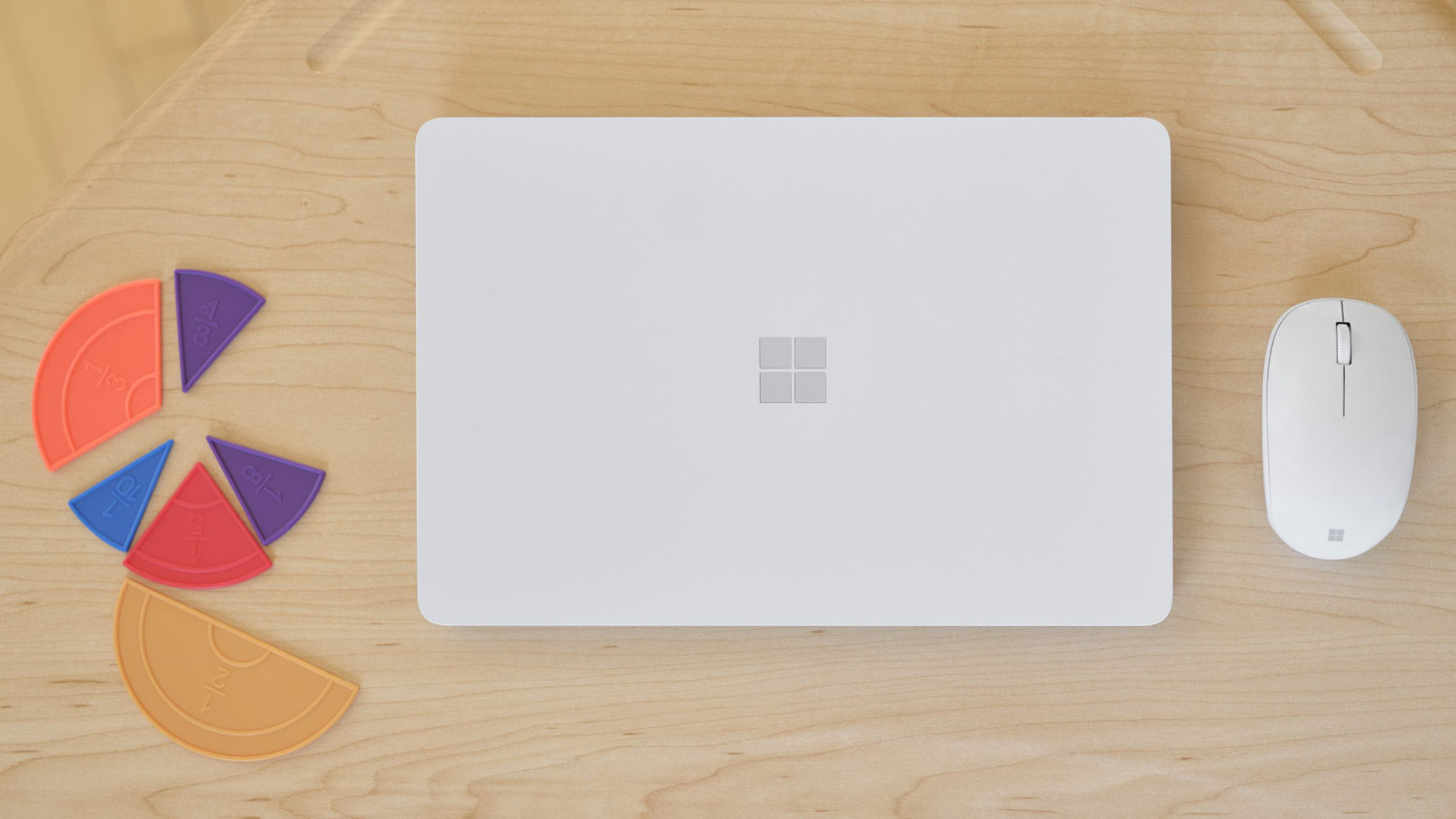TechRadar Verdict
A perfect example of the flawed thinking of education computers where the focus is taking away things the student might find useful and replacing them with a slow and ponderous epitaph to the gods of mediocrity.
Pros
- +
Battery life is good
Cons
- -
Surface in branding only
- -
Windows 11 SE
- -
Tiny and dim screen
- -
Forever S Mode
Why you can trust TechRadar
Since Microsoft launched the original Surface in 2012, they’ve held out the carrot of creating elegant portable computer platforms that are less expensive than those made by Apple.
While they’ve had some success in convincing business users that the Surface can be useful, Microsoft has failed to create any significant beachhead in the educational sector.
Education computers need to be robust, easy to manage and above all, cheap, and none of these criteria applies to expensive magnesium chassis generations of the Surface family.
The new Surface Laptop SE isn’t like any classic Surface designs. It’s a plastic laptop with Microsoft branding and a heavily restricted version of Windows 11 onboard.
Will that convince cash-strapped educational computing departments to buy them by the truckload?

Price and availability
There are only two SKUs for the Laptop SE. The entry-level version comes with an Intel Celeron N4020 processor, 4GB of RAM and 64GB of storage, and its beefier brother sports Intel Celeron N4120, 8GB of RAM and 128GB of storage.
In the USA, these cost $249 and $329 respectively, and only education buyers can purchase them.
Sign up to the TechRadar Pro newsletter to get all the top news, opinion, features and guidance your business needs to succeed!

Design
It is evident from our first look that Microsoft had borrowed some of the Laptop SE from previous Surface projects. Specifically, the keyboard is the same as was used on the Surface Laptop Go, and we suspect that other parts were also borrowed in the SE.
Unlike most of the other Surface hardware, the Laptop SE is exclusively constructed of plastic on the outside, And this gives the impression that its survivability might be limited given the temporary ownership of those that don’t care.
It’s also in the sort of light grey colour that amplifies any damage and is destined to look grubby in a relatively short space of time.
Microsoft has made much about that this is the most reparable Surface laptop yet, which says much more about how unrepairable others are than what can be realistically fixed in this one.
According to a few sources, Microsoft will provide screens, batteries and keyboards as replacement spares, though we haven’t any prices for what these might cost. And being realistic, why would educators use their time to try and fix damaged laptops?

Hardware
Here is the Microsoft Surface Laptop SE configuration sent to TechRadar for review:
CPU: Intel Celeron N4120
Graphics: Intel UHD Graphics 600
RAM: 8GB DDR4 RAM
Screen: 11.6" 1366 x 768 TFT
Storage: 128GB eMMC
Ports: A headphone jack, 1x USB-C port, 1x USB-A
Connectivity: WiFi, Bluetooth v5.0 LE
Camera: Front-facing 1MP Camera
Security: Windows 11 SE
Weight: 1112.4g / 2.45 lbs
Size: 283.7 mm x 193.05 mm x 17.85 mm (W x D x H)
Battery: Unknown
Returning to the Laptop SE, everything about this design has been minimised. On the right-hand side is a Kensington security slot and nothing else. The left has the power jack inlet, a USB-C port, a USB-A port and a 3.5mm audio jack.
There is no HDMI or DisplayPort out, no Micro SD card slot or Ethernet port, as these weren’t considered essential.
It’s disappointing that Microsoft used a horrible pin-barrel power connector when this machine has USB-C. And then compounded that mistake by configuring the USB-C port to be disabled for charging. Therefore, if the PSU breaks or the power inlet breaks, as they tend to do, the path of charging salvation has been effectively roadblocked.
The only other feature of note is a 1MP (yes, that’s 1MP) forward-facing camera, which has no privacy cover. The maximum resolution is 720p, and the image quality is low.

- 1
- 2
Current page: Introduction, price, design and hardware
Next Page In use, performance and verdictMark is an expert on 3D printers, drones and phones. He also covers storage, including SSDs, NAS drives and portable hard drives. He started writing in 1986 and has contributed to MicroMart, PC Format, 3D World, among others.

